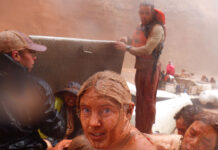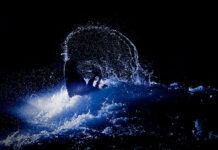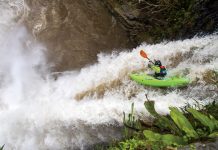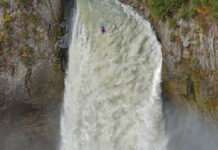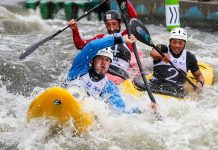Sitting like children, feet dangling, inches from the edge of the raging, plummeting maw of Wilberforce Falls, my friend Brian and I connect with few words. We are 12 days into an expedition on the remote Hood River in the Arctic barrens of the Northwest Territories. Our days have been heavily peppered with mosquitoes, and we have spent hours scanning the mossy green and grey tundra in search of muskox, to no avail. High winds and rain have offered a much-needed respite from the bugs, but have also succeeded in locking us away in our tents for many a windbound hour.
We have shared fleeting glimpses of a young Arctic wolf as we surprised him rounding a bend, fished to our hearts’ delight, been chased and almost crushed by candling ice floes on the upper lakes, and negotiated miles of beautiful northern whitewater with mutual glee. Our lives have become timeless here, unhinged from modern routines.
Fast friends: The effect of friendships made on the river
Many of us who have spent time with a close-knit group on a river can attest to the fact that shared experience in wild places has a galvanizing effect on friendships. But why is it that these connections tend to trump those formed by conversing in coffee shops or beside the water cooler? What is it that we come to know about one another in the course of a trip, long or short, that makes it different?
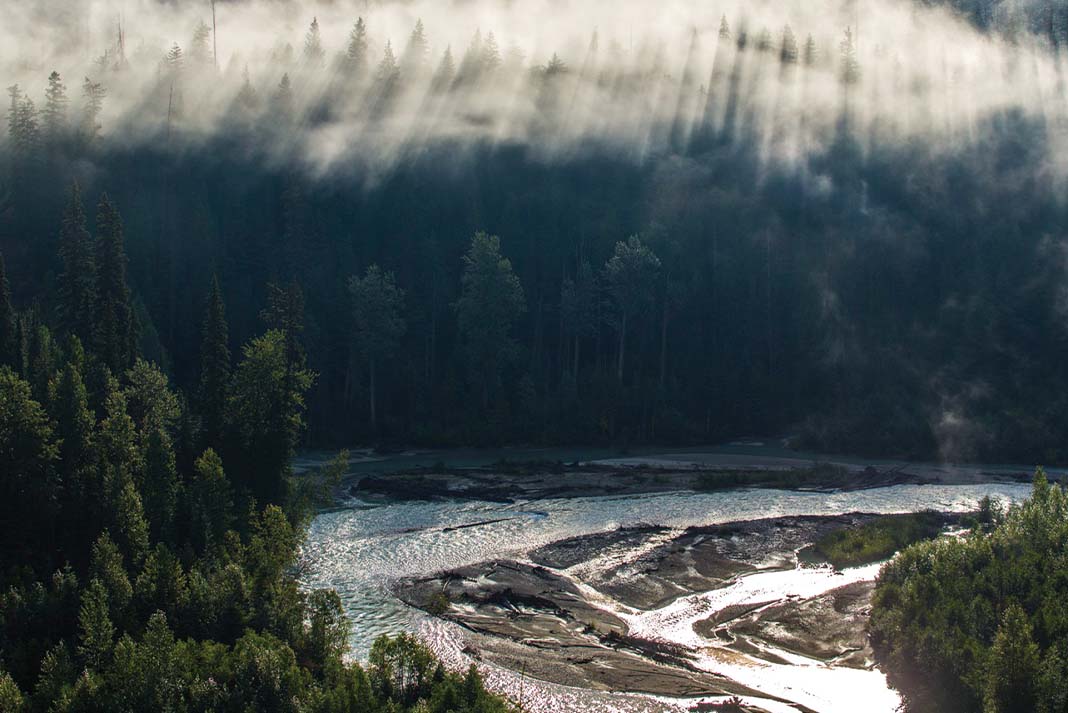
I believe we start to move away from verbal and intellectual representations of ‘who we are’ that typically ensconce the friendships of city life. Dinner party repartee pales in comparison to the meandering conversations and organic silences that emerge and weave themselves through the social fabric of a long trip. On the river we begin to know in each other something wilder and less concrete than our jobs, opinions and intellectual views. We are more alive, riding the flow of the present moment—having our inhibited and protected selves gently but inexorably pummeled out of us by the simple cadence of self-propelled travel.
We are washed from the inside out by the extremes of wilderness living and the soul-feeding play that happens on a river trip. Here, perched on the edge of the Hood River, there is some form of conversation happening, but more so there is a shared recognition of what is contained in the glint of our eyes and the tilt of our heads towards the smooth curtain of water. The depth and power of our connection lies in the subtle and the unspoken. We both have a love of being on the edge of one of the most powerful forces on earth and have watched each other on other trips, always seeking the most proximal edge to the biggest and most churning stretches of whitewater.
Seated on these spray-spattered river edges we come to know each other’s wild nature, and develop an understanding that goes beyond the typical parlance of friendship. We are undistracted by the petty, the material and the political, and perhaps remain in each other’s imaginations as a part of the river, wilder and more ourselves than we are at other times.
Fiona Hough is a lifelong adventurer and has worked as a wilderness guide, instructor and instructor trainer since 1989. She was also the course director for our editor’s first whitewater trip.
Where the wild things are. | Feature photo: Ryan Creary



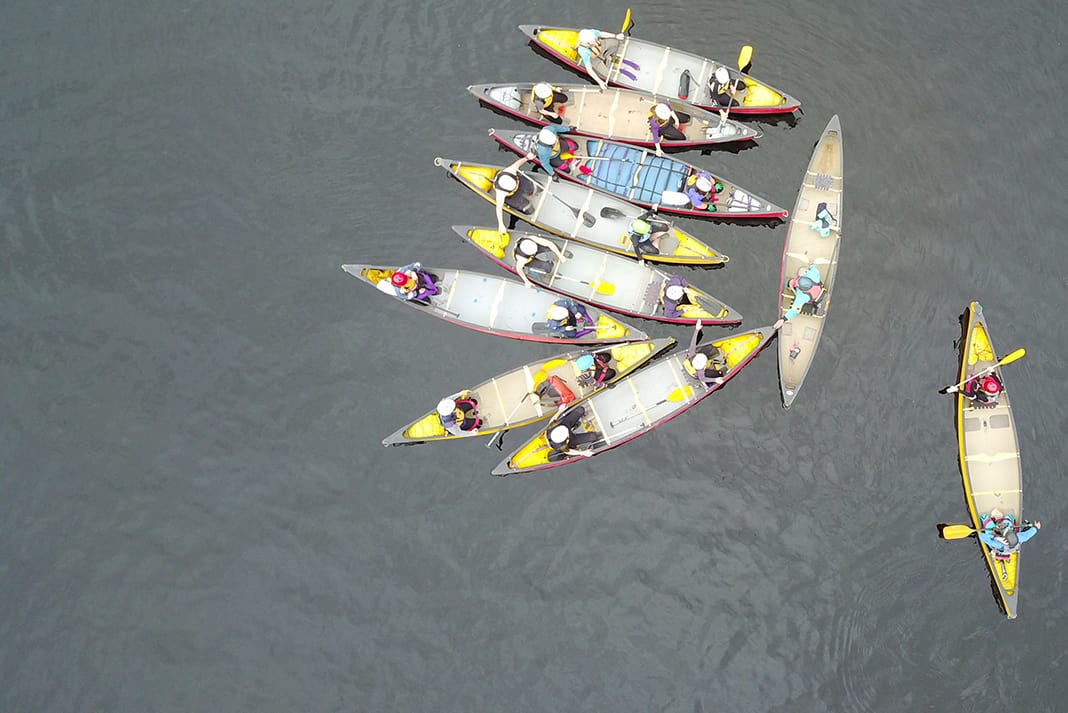
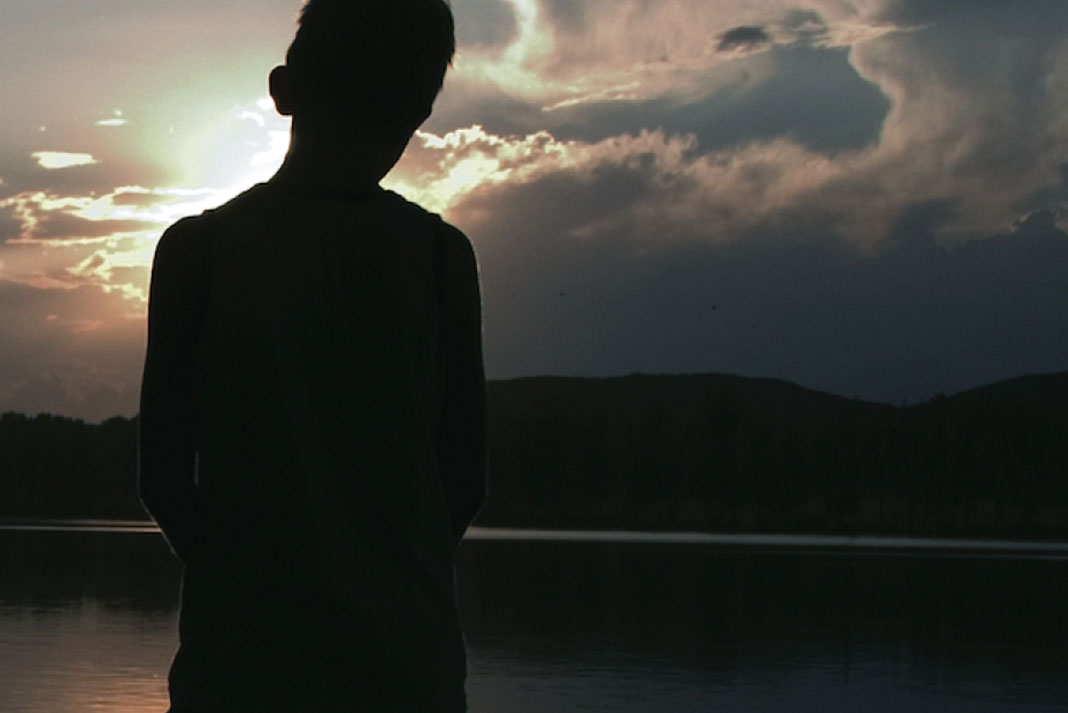
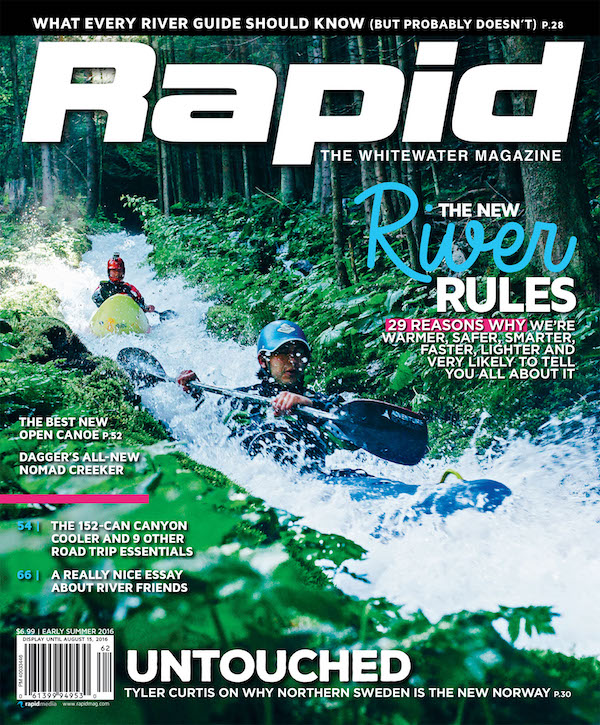 This article was first published in the Early Summer 2016 issue of Rapid Magazine.
This article was first published in the Early Summer 2016 issue of Rapid Magazine. 